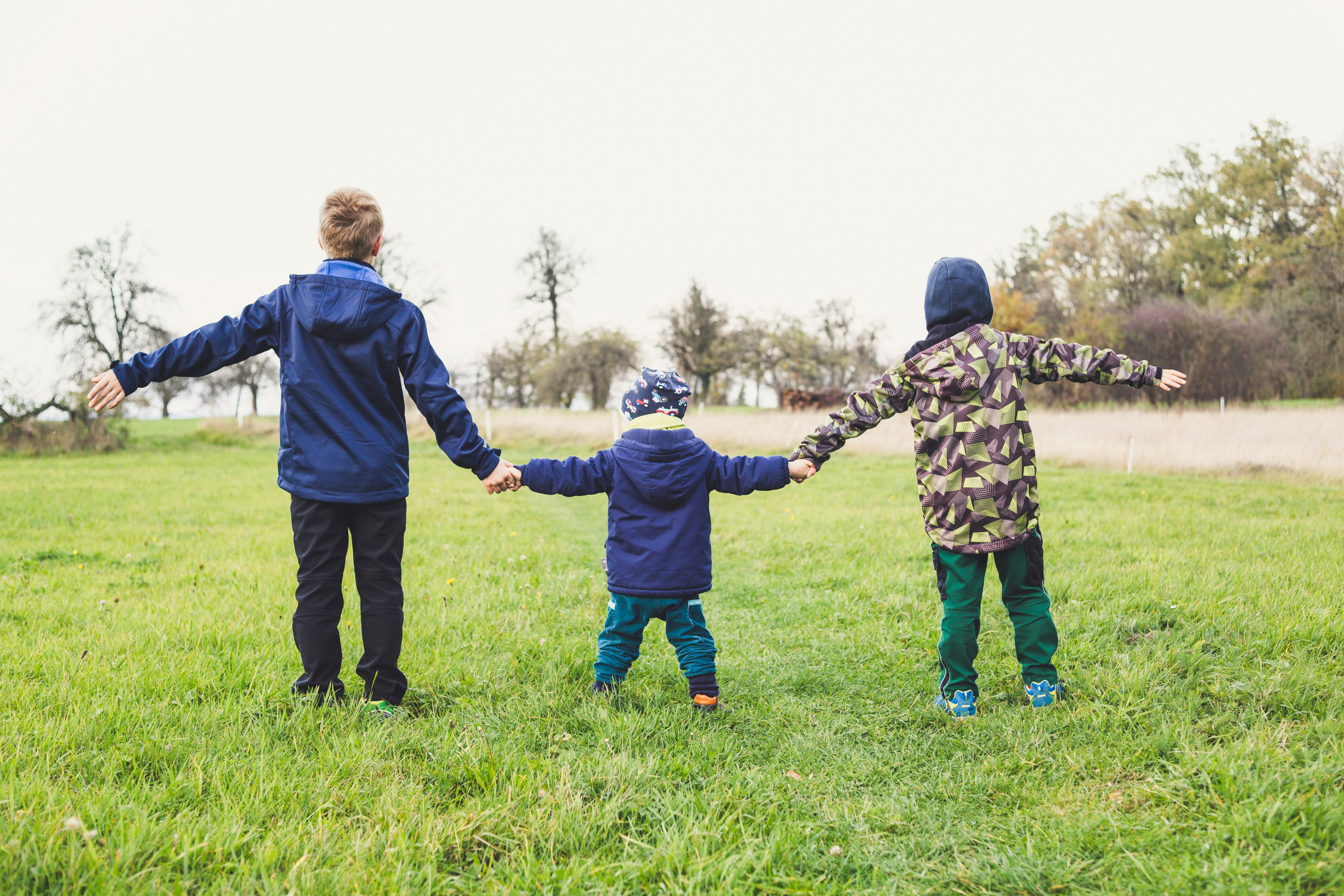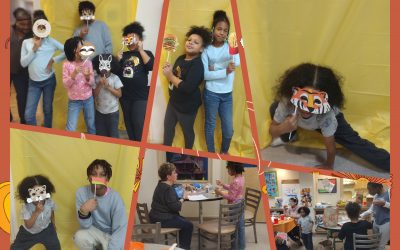
Written by Meghan
November 1, 2019
In 2007, November was first declared National Homeless Youth Awareness month. Since then, advocates take this time to spread awareness about the severity and long-term impacts of this widespread issue for youth and families.
For many people, it’s difficult to imagine a child experiencing homelessness in the United States. Yet, over 1.6 million children will experience homelessness at some point in their childhood, that’s 1 out of every 45 children.¹ This month we ask you to put yourself in these children’s shoes ─ to feel the confusion, fear, and uncertainty that comes along with losing your home, your belongings, and in many cases your family members or friends. Unfortunately, this is the reality for many children.
On any given day, over 58,000 American families are experiencing homelessness. 59% of homeless individuals making up these families are children and adolescents.²
Experiencing homelessness as a child is traumatic by itself; however, many homeless youth have been exposed to traumatic situations throughout their lives. For some children this means witnessing domestic violence or experiencing verbal, psychological, or physical abuse. For others it means having to skip meals and go to bed hungry because there’s not enough food to go around.
We know that experiencing these situations in childhood has a profound impact on development and often leads to a variety of long-term challenges that can follow a youth or adolescent for the rest of their life. Children experiencing homelessness are more likely to fall below grade level than stably housed students and are at a much higher risk of dropping out as teenagers.³ Homeless youth also have worse physical and mental health outcomes, which can lead to chronic conditions that may have been preventable.³
Children who experience homelessness are 10 times more likely to become homeless as an adult.⁴
This two-fold program not only provides mothers with free childcare but also provides children with a structured environment that is designed to support their healthy development. While moms search for apartments, go to job interviews, and attend mental or physical health appointments, children are reading books, making arts and crafts, and participating in music therapy with trained volunteers.
We also recognize the importance of supporting the children we serve academically. Each week, dedicated Homework Helpers come to our Center to give youth the one-on-one attention they need to get back on track at school. Volunteers not only help children with their homework, but also work to make learning fun in the hopes of inspiring students to take their education seriously.
You have the power to make a difference in a child’s life. Join us in our fight to end family homelessness by making a donation or becoming a volunteer with St. Paul’s Center. To become a Sheltered Hearts Sitter or Homework Helper fill out our volunteer application here.
³Thompson, S. J., Pollio, D. E., Constantine, J., Reid, D., & Nebbitt, V. (2002). Short-term outcomes for youth receiving runaway and homeless shelter services. Research on Social Work Practice, 12(5), 589-603.
⁴https://www.nn4youth.org/wp-content/uploads/IssueBrief_Youth_Homelessness.pdf
Related Articles
St. Paul’s Center Holiday Season 2022
Thank you to everyone who adopted a family this holiday season! Our staff and families were blown away by all of the presents! A special thank you to the amazing volunteers who came in and threw a holiday party for all the mothers and children in our programs. This...
Salvage and Shine Partners with St. Paul’s Center
For Immediate Release Media Contacts: Alessandra Payne / Dinah Russell-Rose [email protected] / [email protected] Local Entrepreneurs Form Partnership to Sell Fundraiser Products for the Benefit of Saint Paul’s Center Shelter in...
Fall Festival with the Zonta Club!
When the weather gets too cold for the playground we have a fall festival! A special thanks to the Zonta Club for bringing all of our kids gifts and brand new books. This is the second event this year the Zonta Club held for our...

